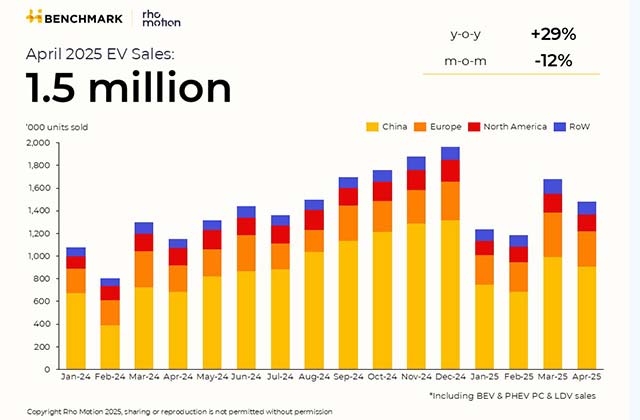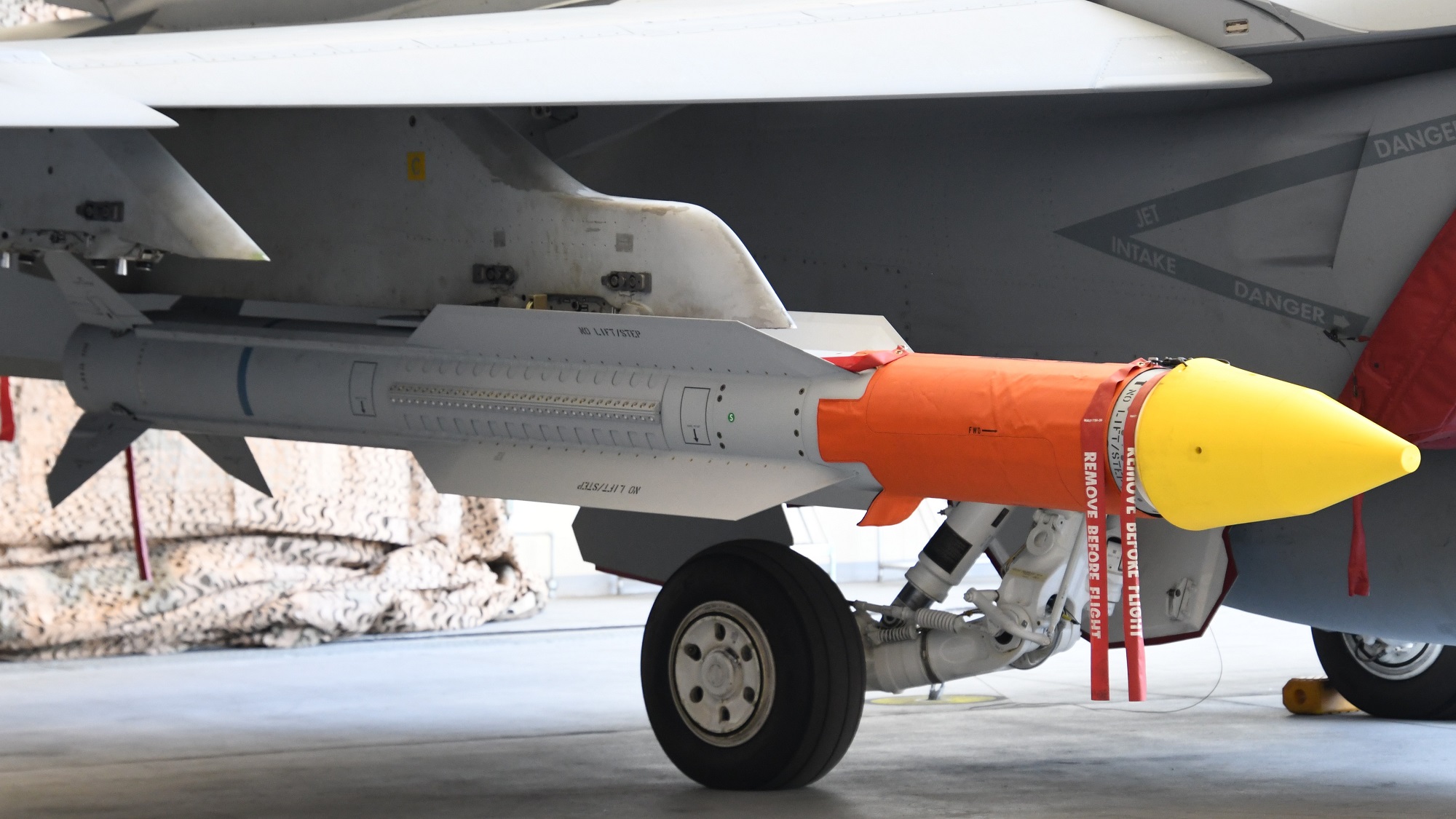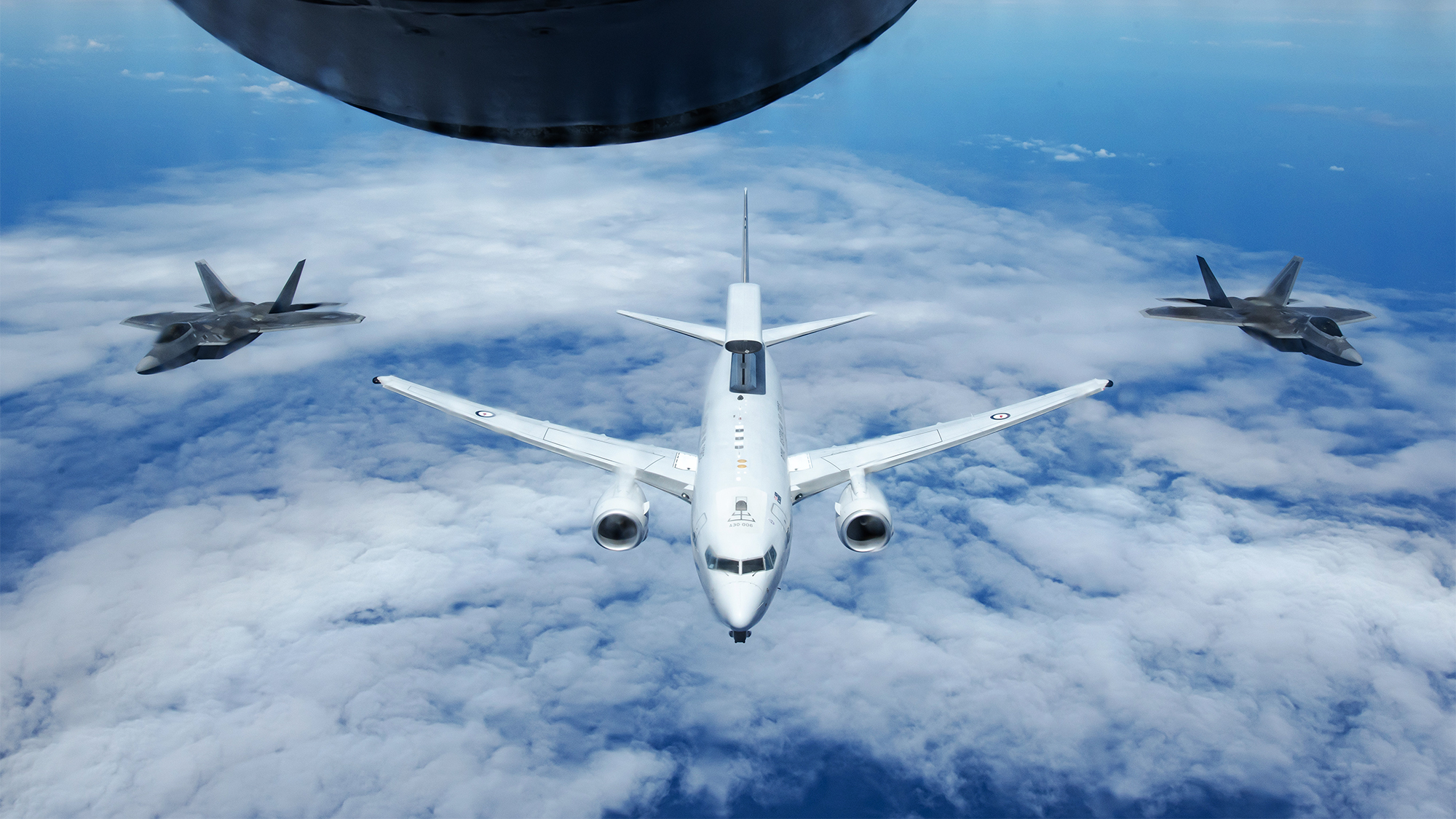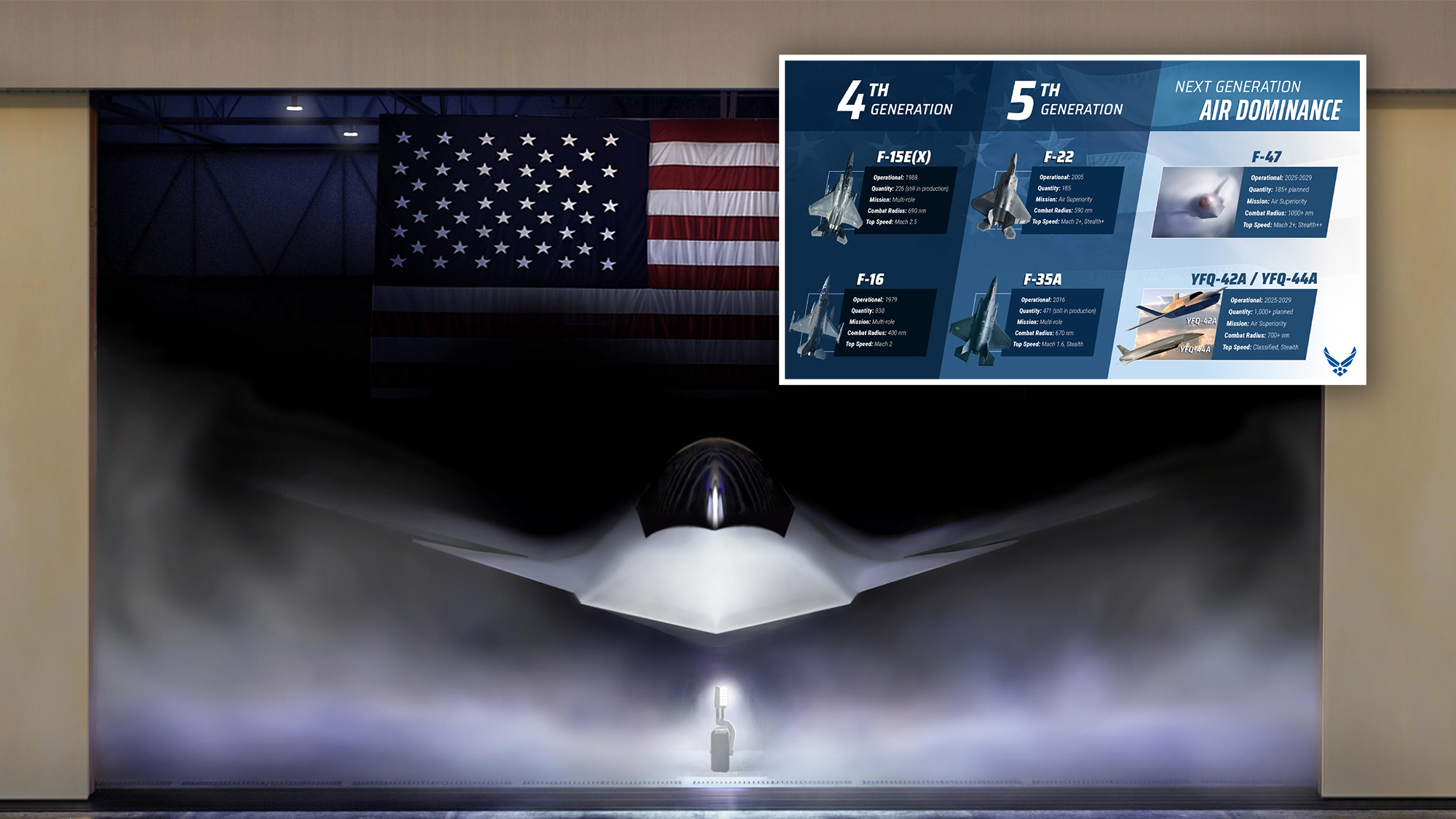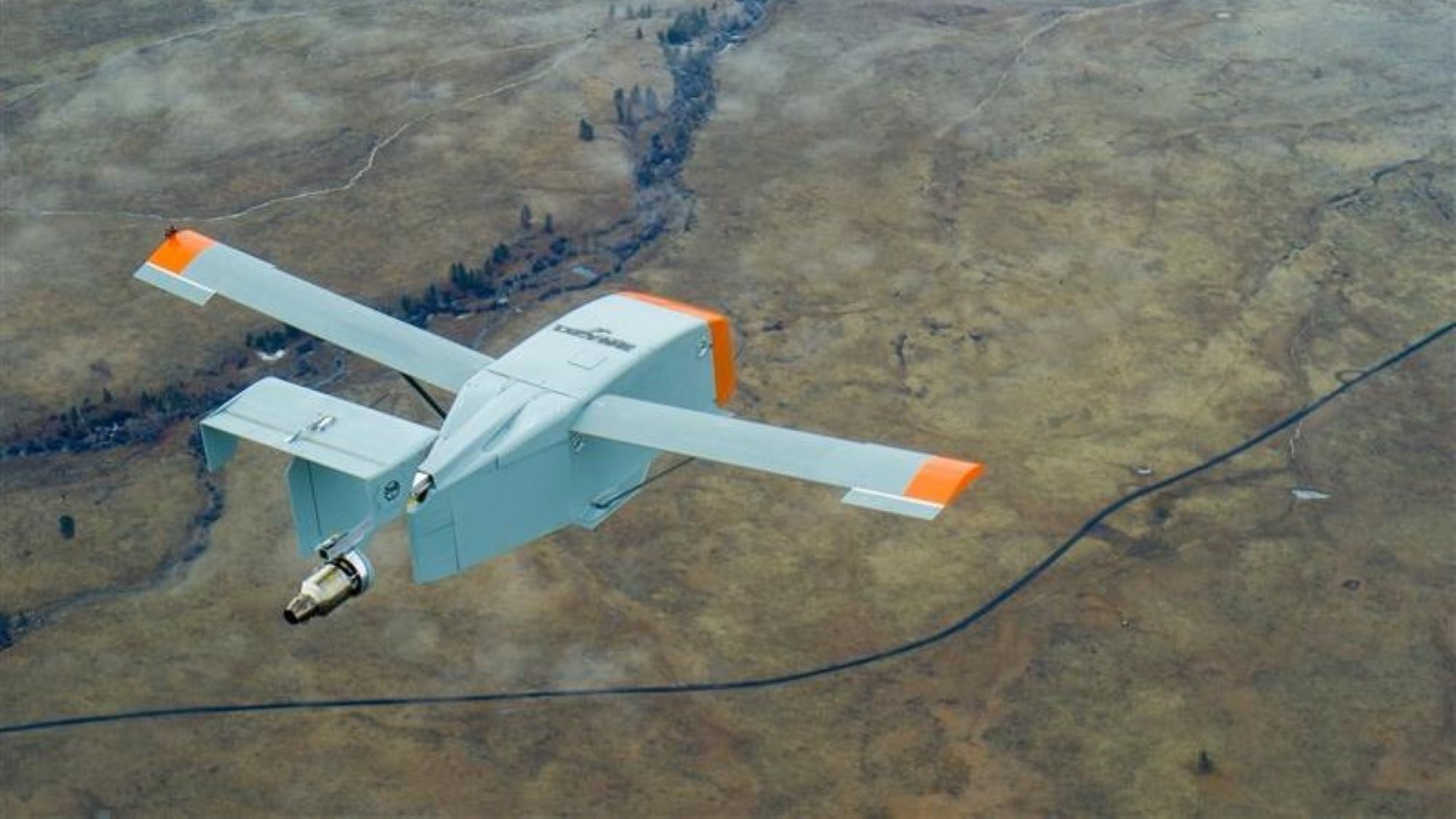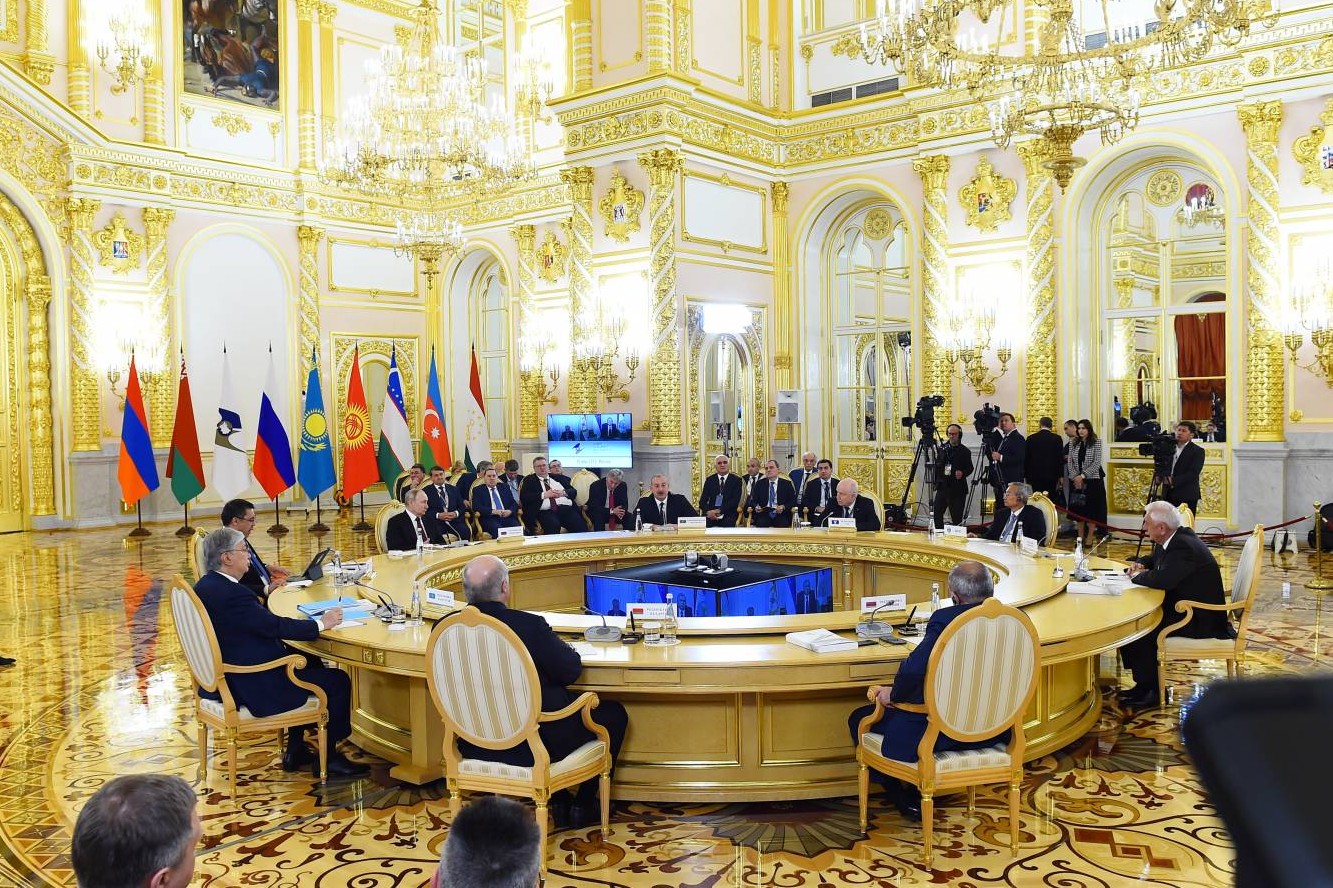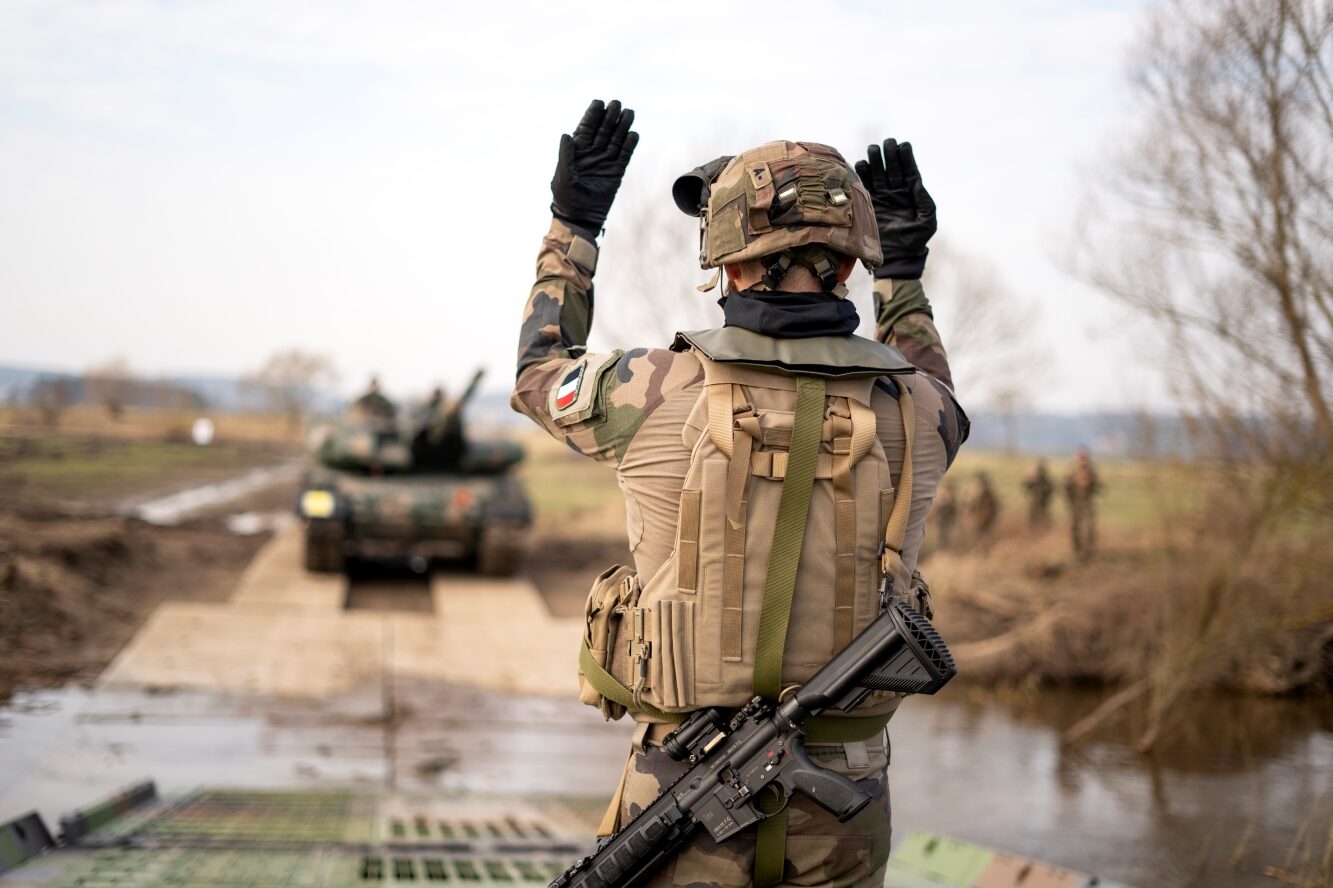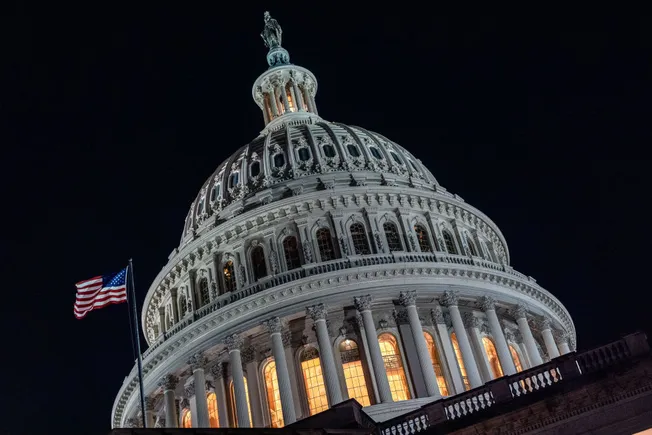Pentagon considers big shifts for Sentinel ICBM, drone wingmen in FY25, draft documents say
The Air Force could cut about $1 billion from the Sentinel ICBM and add hundreds of millions of dollars for the Collaborative Combat Aircraft drone wingmen program, a draft April proposal says.


Anduril’s Collaborative Combat Aircraft (CCA) on display at AFA. (Valerie Insinna/Breaking Defense)
WASHINGTON — Following the passage of a year-long continuing resolution (CR) in March, the Pentagon has considered big changes for marquee Air Force programs like the service’s new nuclear ICBM and futuristic drone wingmen, according to draft budgetary documents.
The draft spending plan, which was previously reported by other outlets and obtained by Breaking Defense, includes a proposal for the Air Force to slash over a billion dollars in planned spending for the troubled Sentinel ICBM and funnel hundreds of millions of dollars into the Collaborative Combat Aircraft drone program.
The changes would mark significant departures from spending guidelines set forth by congressional appropriators. Outlining their intent for the CR, appropriators directed roughly $3.2 billion for Sentinel and $486.7 million for CCA. But under the Pentagon’s draft plan, dated April 18, the Sentinel’s top line would fall to around $2 billion after transferring $964.7 million into classified programs, $142.6 million into the delayed VC-25B effort to field two new Air Force Ones and $78.7 million into CCA. The CCA program would conversely rise to $711.7 million by transferring in funds from seven different programs, including $55 million from an effort to develop a next-generation engine.
Asked about the draft spending plans, an Air Force spokesperson said in a statement to Breaking Defense, “The changes are largely the result of changing priorities since the original funding tables came out.” The Pentagon did not respond by press time when asked whether the draft documents represent the DoD’s final spending plans.
In the original FY25 spending plans crafted by previous Biden-era appointees, the Air Force requested roughly $557.1 million for CCA and $3.7 billion for Sentinel. Since then, the CCA program has made progress, and enthusiasts for drone development like Elon Musk have asserted influence. The Sentinel program has also run into new woes like the inability to reuse Minuteman III silos.
The shifting funds follow a quirk in the budget process made possible by the year-long CR. Typically, when the military wants to “reprogram” or move money appropriated by Congress through the normal budgetary process, those changes have to be signed off by lawmakers if the dollar amount is above a certain threshold. However, under the current CR the Pentagon has broader latitude to move money around without seeking approval from Congress. Although appropriators attached spending tables to the CR laying their desired spending plan for the Pentagon, experts have told Breaking Defense that they are not legally binding.
It’s also not clear what the Pentagon’s final spending plans may be. Following a May 6 hearing on Capitol Hill with Air Force officials, top House defense appropriators Rep. Ken Calvert, R-Calif., and Rep. Betty McCollum, D-Minn., confirmed to Breaking Defense that the DoD had not yet submitted its finalized spending plans to lawmakers.
“We still haven’t seen what they’re doing with that yet, and that’s going to determine how we put that together with whatever budget we finally get,” McCollum said, referring to a forthcoming FY26 budget whose topline details — including $1 trillion for the Pentagon — were revealed by the Trump administration May 2.
Asked about concerns regarding potential deviations from appropriators’ guidance, Calvert said his “expectation” is that the military services would largely meet his colleagues’ spending plans, but acknowledged that lawmakers “gave them some transfer authority and some ability to operate based on today’s realities.
“But overall, we expect good communication and explanations on what they intend to do,” Calvert continued. “Obviously some changes are taking place,” he added, pointing to shake-ups by the Army, “so we’ll be working with the services.”
For her part, McCollum said that “there shouldn’t be” major deviations from appropriators’ spending guidelines.
“If they have come up with something that they think needs to be adjusted, they have a constitutional responsibility to come talk to us as far as I’m concerned, a legal and constitutional responsibility,” she said.
Valerie Insinna contributed to this report.




























